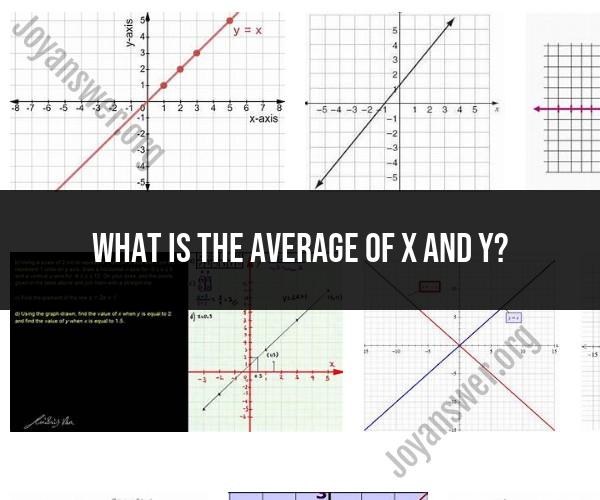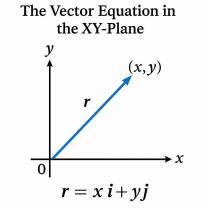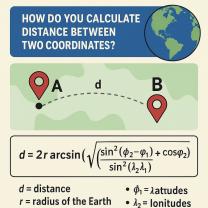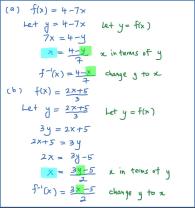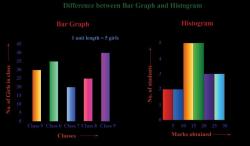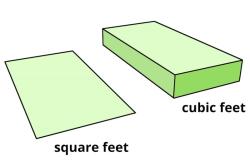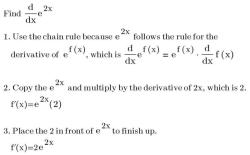What is the average of X and Y?
To find the average of two values, X and Y, you simply add the values together and then divide the sum by 2. The formula for finding the average (also known as the mean) is:
Average = (X + Y) / 2
So, to find the average of X and Y, you would use this formula and substitute the values of X and Y:
Average = (X + Y) / 2
For example, if X = 10 and Y = 20:
Average = (10 + 20) / 2Average = 30 / 2Average = 15
So, the average of X and Y in this case is 15.
Averaging Variables: How to Calculate the Average of X and Y
The average of two variables, x and y, is calculated by adding the two values together and dividing by 2. This can be expressed mathematically as follows:
average = (x + y) / 2
For example, if x = 10 and y = 20, then the average is:
average = (10 + 20) / 2 = 15
The Mean of X and Y: A Mathematical Approach
The mean of two variables is also known as the arithmetic mean. It is a measure of the central tendency of a data set. The mean is calculated by adding the values of all the data points and dividing by the number of data points.
In the case of two variables, the mean is calculated by adding the two values together and dividing by 2. This is equivalent to the formula given above.
Finding the Midpoint: Calculating the Average Between Two Values
The midpoint of two values is the average of the two values. It can be used to find the center of a line segment or to find the average value of a function over a given interval.
To calculate the midpoint of two values, x and y, we simply add the two values together and divide by 2. This is the same formula as the one used to calculate the mean of two variables.
Example:
Find the midpoint of the line segment that connects the points (10, 20) and (30, 40).
midpoint = (10 + 30) / 2 = 20
Therefore, the midpoint of the line segment is (20, 30).
Applications of Averaging Variables
Averaging variables is a very useful technique in many different fields, including:
- Mathematics: Averaging variables is used to calculate the mean, median, and mode of a data set. It is also used to calculate the derivatives and integrals of functions.
- Statistics: Averaging variables is used to calculate the mean, median, and mode of a data set. It is also used to calculate the standard deviation, variance, and correlation coefficient.
- Physics: Averaging variables is used to calculate the average velocity, acceleration, and force of an object. It is also used to calculate the average energy and temperature of a system.
- Engineering: Averaging variables is used to calculate the average strength, conductivity, and efficiency of materials and devices.
- Economics: Averaging variables is used to calculate the average price, income, and consumption of goods and services. It is also used to calculate the average rate of inflation and unemployment.
Overall, averaging variables is a very important and versatile technique. It is a simple technique to understand, but it has many powerful applications.
